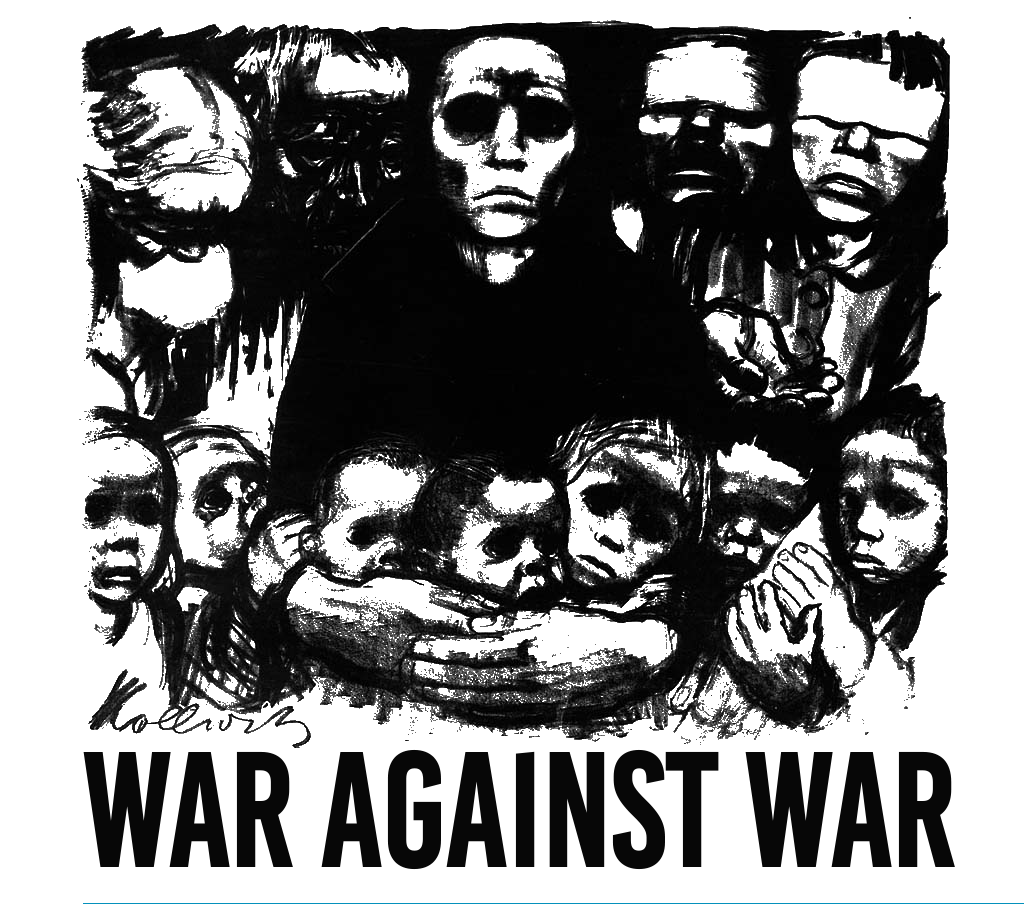Protest is a low-intensity form of political conflict that can precipitate intrastate armed conflict. Data on protests should therefore be informative in systems that provide early warnings of armed conflict. However, since most protests do not escalate to armed conflict, we first need theory to inform our prediction models. We identify three theoretical explanations relating to protest-repression dynamics, political institutions and economic development as the basis for our models. Based on theory, we operationalize nine models and leverage the political Violence Early Warning System (ViEWS) to generate subnational forecasts for intrastate armed conflict in Africa. Results show that protest data substantially improves conflict incidence and onset predictions compared to baseline models that account for conflict history. Moreover, the results underline the centrality of theory for conflict forecasting: our theoretically informed protest models outperform naive models that treat all protests equally.
This was originally published on SAGE Publications Ltd: Journal of Peace Research: Table of Contents.
